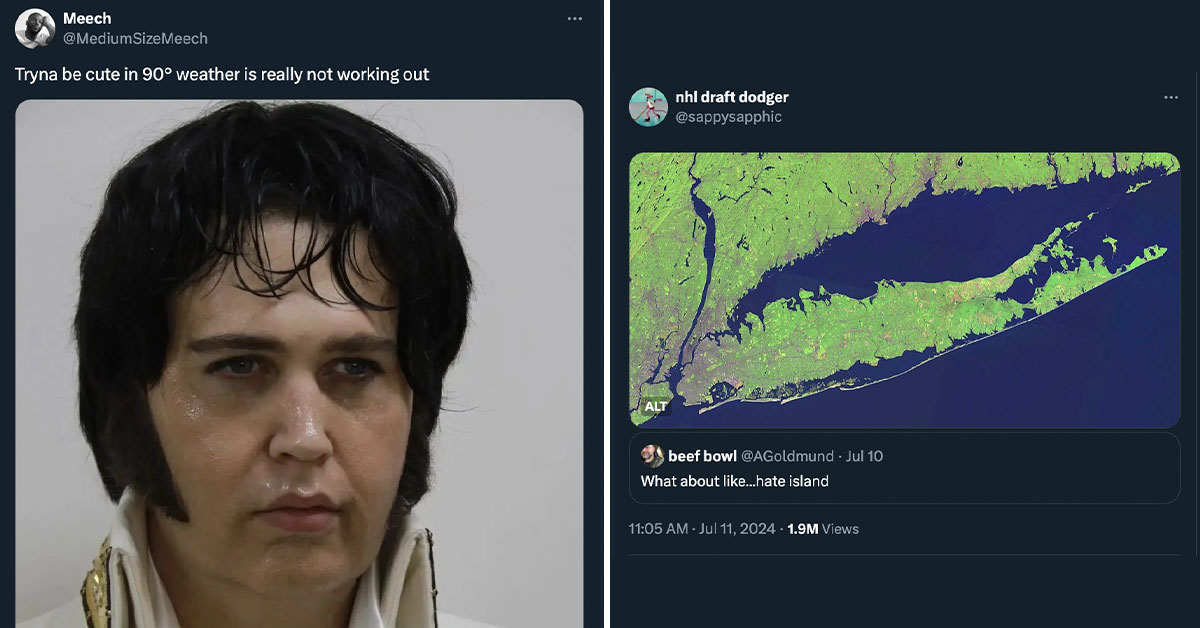The Party’s Over: As Social Media Companies Test Paid Subscription Models, Free Users Can Expect a Worse User Experience
The early days of the internet feel like a fever dream now: open access to as much information as you could get your hands on with no paywalls or subscriptions in sight.
Published 1 year ago in Facepalm

The early days of the internet feel like a fever dream now: open access to as much information as you could get your hands on with no paywalls or subscriptions in sight. It was in this spirit that sites like Wikipedia, where thousands of unpaid volunteers work around the clock to edit and fact-check millions of articles, were created, and in the early days of the major social media platforms, this attitude was the norm. Twitter, in particular, was popular for its usefulness in delivering real-time updates during major world events, often beating news outlets to the punch.
Now, unfortunately, it seems that golden age of accessible information is coming to a close, thanks in large part to the actions of people like Elon Musk. More and more social media platforms are toying with introducing (or have done so already) paid subscription options while simultaneously making the user experience for free users increasingly unpleasant and untenable (Twitter/X is the most notorious version of this).
@thomasgermain Social media companies are about to make the apps worse on purpose #greenscreen#adfree#socialmedia#tech#technews#subscription♬ original sound - Thomas Germain
Gizmodo tech reporter Thomas Germain made a TikTok about this very issue in which he explains that social media companies are working together to convince users to pay to look at memes and tweets and videos, and for anyone unwilling to pay, “life online is about to get a lot worse.” He adds that while the adage used to be that if you weren’t the customer, you were the product, tech companies now want users to be both.
Just this month, TikTok and Meta both revealed potential subscription plans for TikTok, Instagram and Facebook — for $4.99 per month, users can get rid of ads on TikTok, and for $14 per month, users can get rid of ads on Instagram or Facebook. Twitter/X already offers something similar with X Premium, although instead of hiding all ads, users will instead see 50 percent fewer ads; meanwhile, YouTube Premium provides ad-free access to the entire platform.
As Germain explains, the problem here for users is that you get the same thing whether you pay or not; the only difference is that paying users get a slightly better experience. “This gives companies an incentive to make things worse, to encourage you to sign up,” he continues. Longtime users of Twitter will recognize this as being Musk’s approach, but Germain also cites airlines as an example of this method. It’s called “calculated misery,” where things that used to be free, like checking your bags or seat selection, suddenly cost money. As a result, people who want a halfway decent travel experience like the ones they enjoyed in the 1990s are forced to shell out to “upgrade” for services that were previously free.
Commenters lamented this new era of social media, although some had suggestions for alternative solutions. “I say we all just go back outside… drink water from the hose,” wrote sissyfacemewmew. Meanwhile, another joked, “Time to start reading paperbacks I guess.”
There’s definitely no incremental cost for making it deeper and deeper into a good book — for now.



